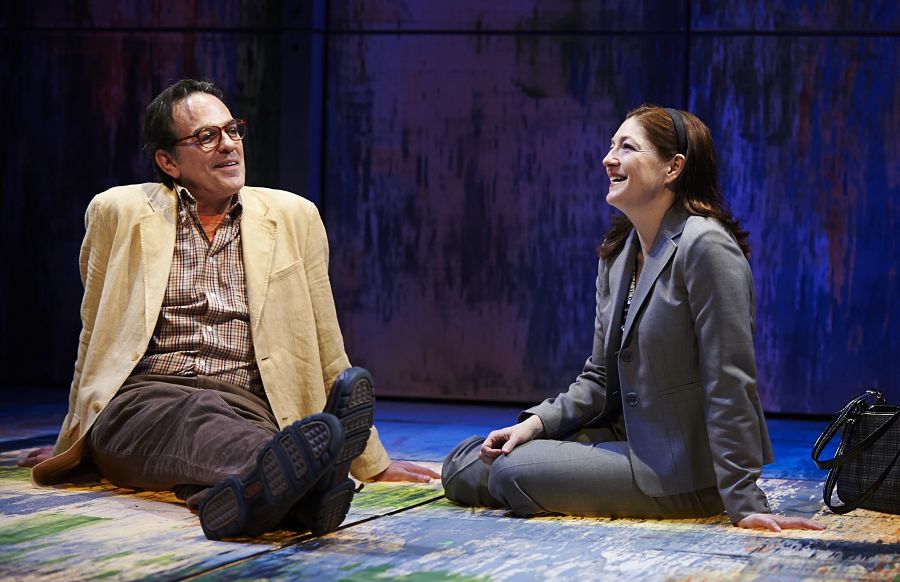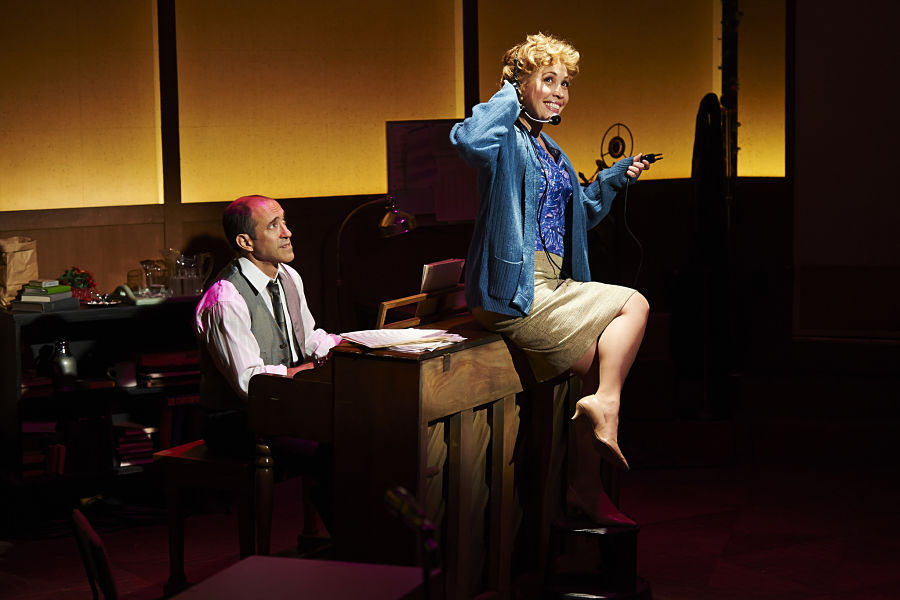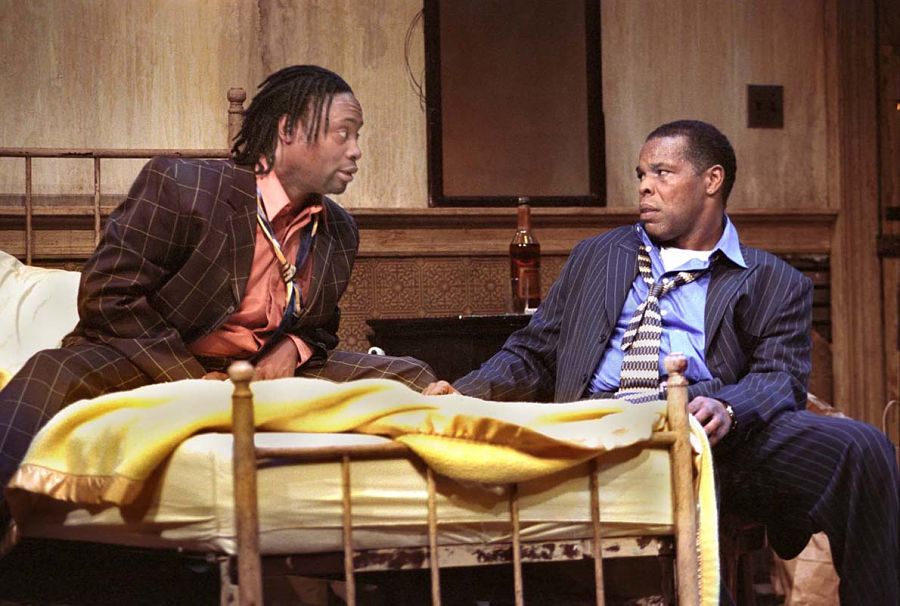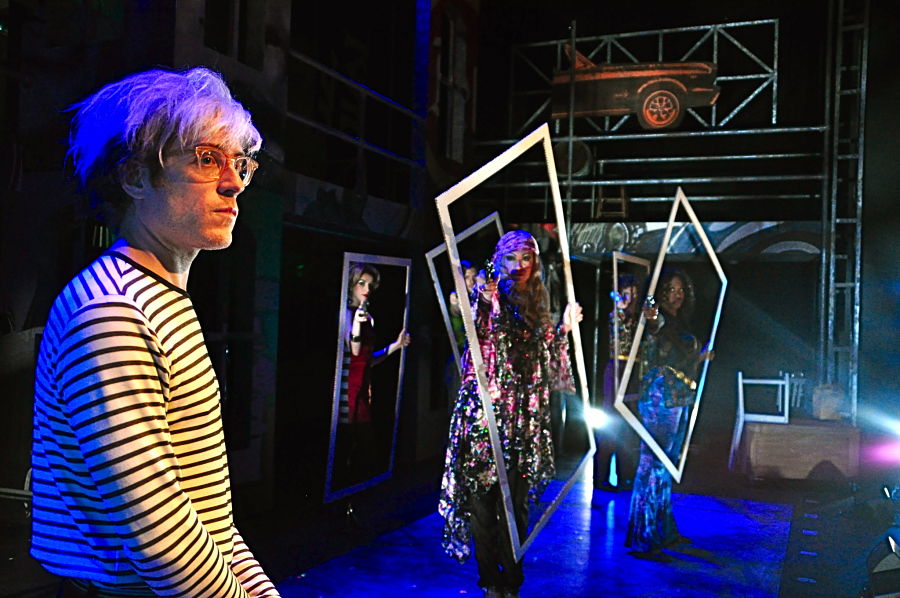PITTSBURGH: City Theatre Company was established in 1975 as the City Players, which performed around the Steel City. Now entering its 41st season, the company has transformed the former Bingham United Methodist Church into a main stage and black-box performance space. The company boasts an annual new play festival, commissions new works, and brings contemporary plays to more than 30,000 audience members in the ‘burgh. We spoke with artistic director Tracy Brigden via e-mail about the troupe’s four-decade history and its plans for the future.
Who founded City Theatre Company, when, and why?
City Theatre Company was originally founded in 1975 as the City Players, a touring company that performed in schools, parks, and housing projects throughout Pittsburgh. In 1979, City Players changed its name to City Theatre, affiliated itself with the University of Pittsburgh, and moved into a 115-seat performance space on Pitt’s campus. During the next decade, City Theatre became incorporated as an independent nonprofit performing arts organization with its own board of directors, conducted a successful capital campaign, and moved to its current location on Pittsburgh’s South Side in 1991. Early on, City established a reputation for producing imaginative, contemporary works—a commitment that has continued to the present day, garnering our company “best of” awards in many local publications through the years and the honor of being called “Pittsburgh’s most innovative theatre company” by the New York Times.
Tell us about yourself and your connection to the theatre.
I became artistic director in the summer of 2001. The first performance of the first production under my tenure, The Clearing by Helen Edmundson, was on September 14, 2001—three days after 9/11. We went ahead with the production, despite the tragedy, because we wanted to give the audience an opportunity to gather and share an experience together. The play felt uniquely resonant, as it was about the Irish and English conflict during Cromwell’s time. The response and post-show discussions were extraordinary, moving—and proof of what theatre can do to help unify and heal a community. It was a pretty profound way to start my artistic directorship at City Theatre.

What sets your theatre apart from others in your region?
City Theatre is Pittsburgh’s first and foremost home for new work. All of our season subscription plays are less than five years old. We have a full complement of new-play development programs and activities including a new-play festival called Momentum: New Plays at Different Stages; a full commissioning program; and a young playwrights program and festival for middle and high school students. In my 15 years as artistic director, every season has had at least one world premiere, if not more, and many second and third productions where the play is still in process and writers are in residence. We are also one of the few companies in town that owns and operates its own campus of buildings, including stages, shops, offices, rehearsal rooms, and public space.
How would you characterize your audience?
Our audience (more than 30,000 annually) very much reflects our mission. They are ready to be engaged and challenged by stories that examine important human and social issues, and are eager to dive into often untested work that’s helping to shape the American theatre canon. I am proud that our audience reflects our city’s ever-changing diversity. Our director of education and accessibility, Kristen Link, has done an exceptional job ensuring that our work is available to people with disabilities and special needs. Every production we do has performances featuring audio descriptions for patrons who are blind or visually impaired and open captioning for those who are deaf or hearing-impaired, and, when appropriate, matinees that allow schools across the city to see our work and meet our artists.
Tell us about your favorite theatre institution other than your own, and why you admire it.
It is challenging to pick only one theatre that I admire, since there are so many great ones, both in the States and abroad. I do get a thrill whenever I walk into the Public Theater in New York. It is one of the true egalitarian arts institutions in the country. It really feels like everyone belongs there and it belongs to everyone. Also, I admire the fact that they truly go out on a limb with many of their programming choices. I’ve seen some of the most inspirational and surprising theatre in my life on Lafayette Street.

How do you pick the plays you put on your stage?
Reading new plays is my full-time occupation, and programming the City Theatre season is a fluid process that happens all year long. My artistic team—director of new play development Clare Drobot and artistic producer Reginald Douglas—and I are always on the lookout across the globe (!) for what’s new and exciting on the page or stage. We always have plays in the commissioning and development pipeline in various stages of completion and have strong relationships with playwrights, other artists, and agents who regularly send us scripts for consideration. I tend to gravitate toward plays that put craft, story, and theatricality first. When selecting our season I often ask myself, “Why does this need to be on the stage and not on a screen or in a book?” and “What will the audience leave the theatre with?”
What’s your annual budget, and how many artists do you employ each season?City Theatre’s annual operating budget is roughly $2.7 million. We typically employ between 20 to 30 AEA actors each season, as well as 40-plus playwrights, directors, designers, and other artists to help bring our shows to life. The City Theatre staff is a mighty force of 12 full-time and about 20 seasonal staff. They are true rock stars.
What show are you working on now? Anything else in your season that you’re especially looking forward to?
I am prepping to direct The Night Alive by Conor McPherson, one of my favorite living playwrights. Though I am certainly excited to be in the room with his words and characters this fall, I am maybe most excited about the two plays that I will be directing at City later this season: the world premiere of Keith Reddin’s Some Brighter Distance and the second production of Anna Ziegler’s The Last Match. Both writers will be in residence at City, so I will get to be in the room with the playwrights as they continue to work on their scripts.

Strangest or funniest thing you’ve ever seen (or put) on your stage?
The opening night of Mrs. Bob Cratchit’s Wild Christmas Binge by Christopher Durang in 2002 was one for the books. It was enormous pressure: opening night of a world premiere of a very notable writer’s play that was commissioned and developed by City. The house was packed with friends, critics, the board of directors, and most notably, Chris Durang. Act I began with a huge response! Roaring laughter, rounds of applause, building and uniting the audience in a wonderful crescendo until…the power on the city block went out. The house went to black, the emergency lights kicked on, and the actors stood stock still onstage as the audience went silent. I stood up from the back row and said, “Ladies and gentlemen, we seem to be experiencing some technical difficulties. Please bear with us. Actors, you may leave the stage.” Ten minutes later, the power came back on and we resumed with the top of the scene. My fears of a quiet, subdued house quelled by the sudden stop were soon allayed; the wild romp energy picked up right where we left off, and the show was a magical success.
What are you doing when you’re not working on theatre?
I love both being a domestic homebody as well as hitting the town. I really like entertaining friends and colleagues at my house; cooking a big meal, setting a nice table, and sitting around for hours with some good wine and conversation. But I also love taking advantage of the all the amazing culture, fun, and food that Pittsburgh has to offer by spending Saturday morning shopping in Pittsburgh’s fabulous Strip District or attending a performance at one of the many other exciting theatre companies in town.
What does theatre—not just your theatre, but the American or world theatre—look like in, say, 20 years?
I think in 20 years the theatre will have some killer technological advances that will make it more vivid and experiential. Like in any good sci-fi movie (think Blade Runner), some things will be exactly the same, but there will be a bunch of new gizmos that we can’t even begin to imagine right now. Hologram characters? Projected 3-D scenery? A way for the audience to influence the outcome of the play through their personal devices? I do think it will be more fully encompassing of all our senses and more participatory. But ultimately, the telling of a juicy, riveting story will still be at the center of the event.


